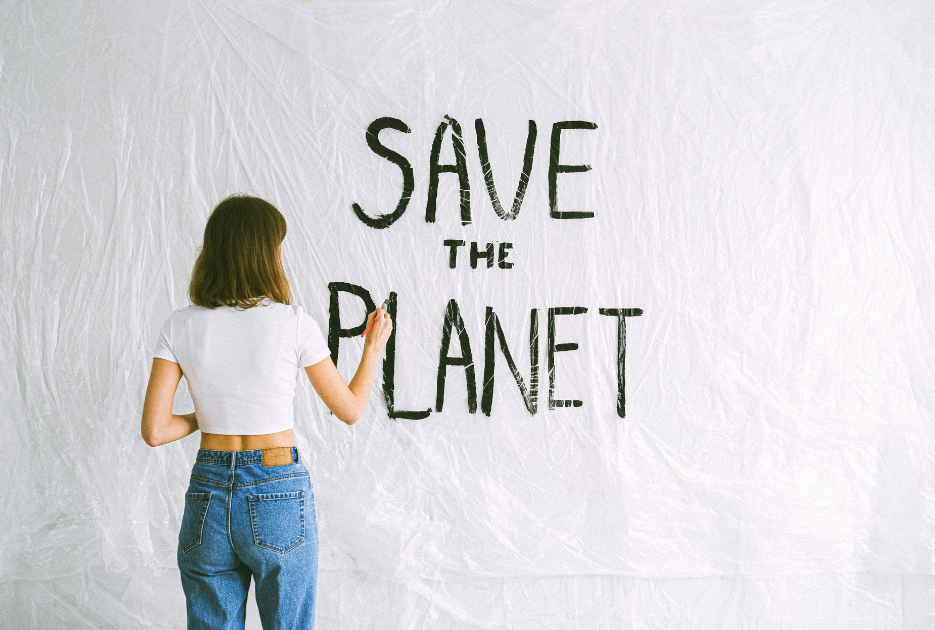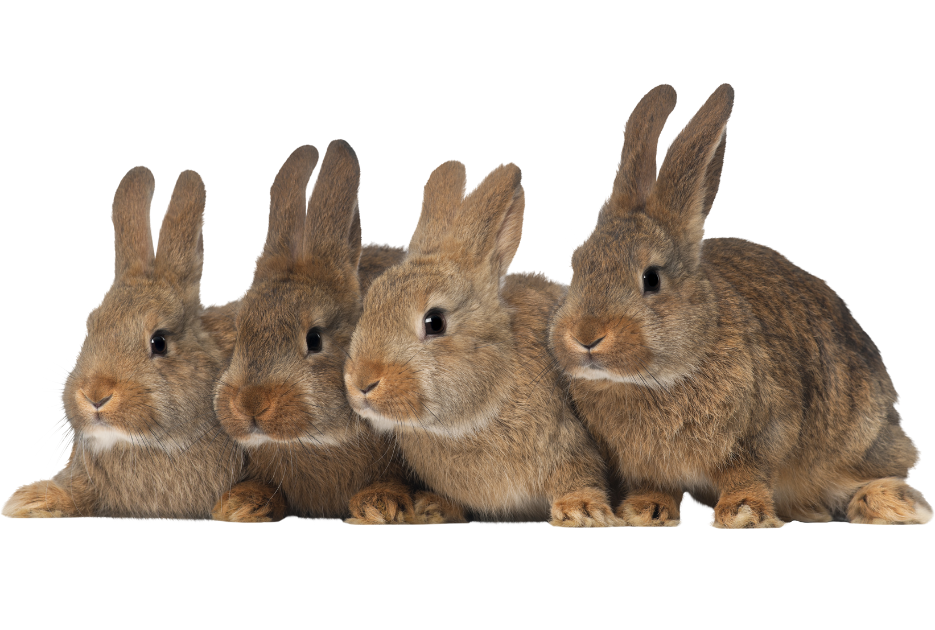10 ways veganism can save the planet
Ok, so yes this title is purely to draw you in. Vegans cannot single handedly save the planet, but here are some good facts about what going vegan does to reduce your impact.
Greenhouse Gas Emissions
Going vegan can cut an individual’s carbon footprint from food by up to 73%.
- Oxford University, 2018
Land Use
If everyone went vegan, global farmland use could be reduced by over 75%—an area the size of the US, China, Australia, and the EU combined.
- Poore & Nemecek, Science, 2018
Water Usage
A vegan saves approximately 219,000 gallons (830,000 liters) of water per year compared to a meat eater.
- Water footprint network & Cowspiracy data aggregation
Methane Emissions
Livestock are responsible for about 32% of human-caused methane emissions globally, cutting out meat reduces this major driver of short-term warming.
- UN FAO, 2021
Deforestation
Over 80% of deforestation in the Amazon is linked to animal agriculture, primarily cattle ranching and soy grown for animal feed.
— World Bank, 2018
Ocean Health
A vegan diet removes the demand for fish, helping to combat overfishing—a major threat to 90% of global fish stocks.
- FAO, The State of World Fisheries and Aquaculture, 2022
Species Extinction
Animal agriculture is a leading cause of habitat loss and species extinction—vegan diets reduce demand for land and destruction of ecosystems.
- IPBES Global Assessment Report, 2019
Food Security
Plant-based diets could feed an additional 3.5 billion people if grains were fed to humans instead of livestock.
— Cassidy et al., Environmental Research Letters, 2013
Nitrogen Pollution
Meat and dairy production is responsible for over 80% of agricultural nitrogen emissions in Europe, polluting air and water.
— European Nitrogen Assessment, 2011
Waste Production
A single cow produces up to 120 pounds (54 kg) of manure per day—going vegan significantly reduces agricultural waste output.
— US EPA, 2013
Animal Testing Waste
Each year, over 100 million animals are used in cosmetic and chemical testing worldwide, producing large volumes of biological and hazardous waste.
- Humane Society International, 2020.
Choosing vegan and cruelty free cosmetics helps reduce the demand for animal testing, which in turn lowers biohazard waste production and energy use in testing facilities.
Leather Tanning
Leather tanning is highly water intensive, using up to 17,000 litres of water per kilogram of leather. Vegan leather alternatives made from plants like pineapple or cactus, use a fraction of the water.



